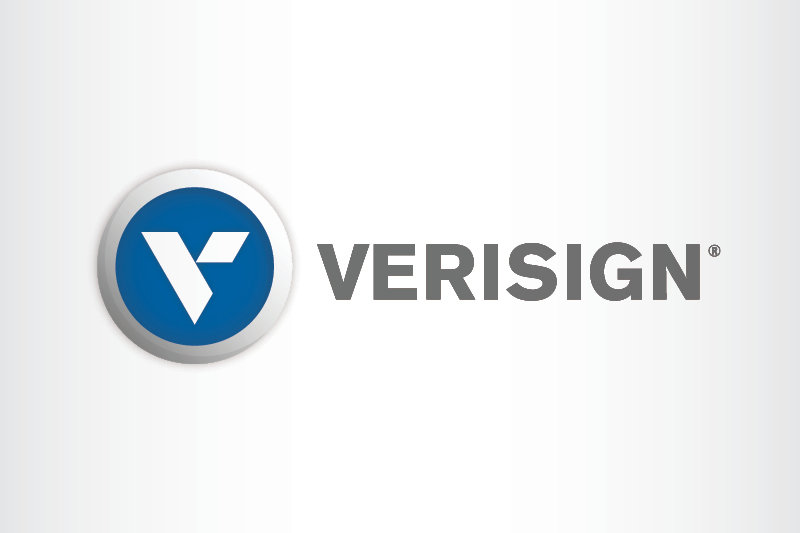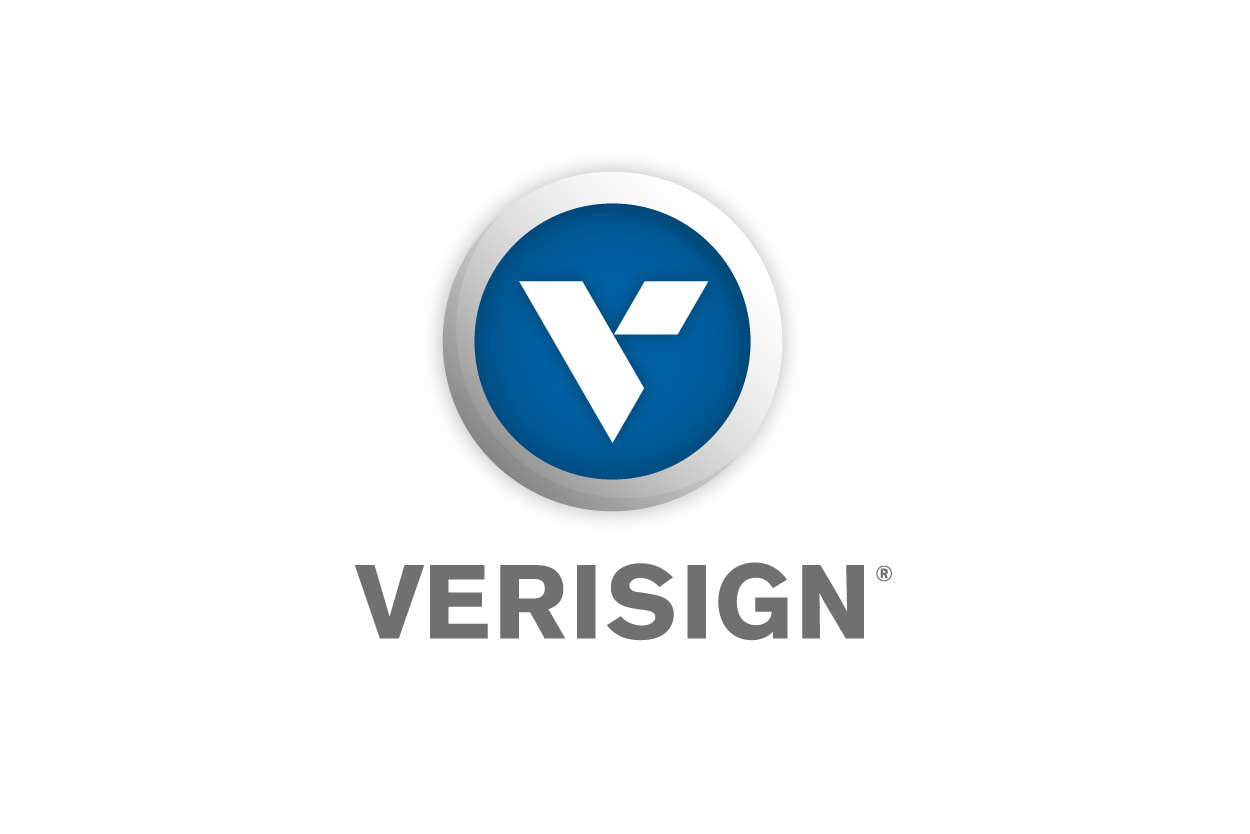As we passed five years since the Internet Assigned Numbers Authority transition took place, my co-authors and I paused to look back on this pivotal moment; to take stock of what we’ve learned and to re-examine some of the key events leading up to the transition and how careful planning ensured a successful transfer of IANA responsibilities from the United States Government to the Internet Corporation for Assigned Names and Numbers. I’ve excerpted the main themes from our work, which can be found in full on the Internet Governance Project blog.
In March 2014, the National Telecommunications and Information Administration, a division of the U.S. Department of Commerce, announced its intent to “transition key Internet domain name functions to the global multi-stakeholder community” and asked ICANN to “convene global stakeholders to develop a proposal to transition the current role played by NTIA in the coordination of the Internet’s domain name system.” This transition, as announced by NTIA, was a natural progression of ICANN’s multi-stakeholder evolution, and an outcome that was envisioned by its founders.
While there was general support for a transition to the global multi-stakeholder community, many in the ICANN community raised concerns about ICANN’s accountability, transparency and organizational readiness to “stand alone” without NTIA’s legacy supervision. In response, the ICANN community began a phase of intense engagement to ensure a successful transition with all necessary accountability and transparency structures and mechanisms in place.
As a result of this meticulous planning, we believe the IANA functions have been well-served by the transition and the new accountability structures designed and developed by the ICANN community to ensure the security, stability and resiliency of the internet’s unique identifiers.
But what does the future hold? While ICANN’s multi-stakeholder processes and accountability structures are functioning, even in the face of a global pandemic that interrupted our ability to gather and engage in person, they will require ongoing care to ensure they deliver on the original vision of private-sector-led management of the DNS.



